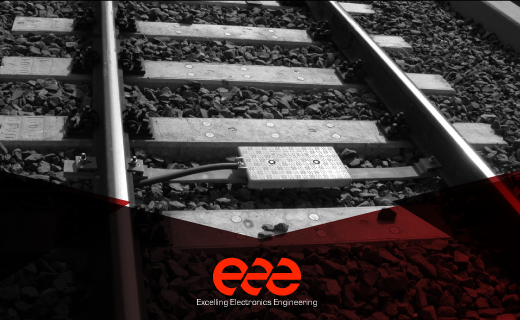The European Train Control System (ETCS) is a signalling and train control system that is being implemented across Europe to improve the safety and efficiency of railway transport.
The aim of the ETCS is to provide standardised signalling and train control throughout Europe, so that trains equipped with the system can operate smoothly on any European railway line. The ETCSthus replaces the numerous incompatible safety systems and unifies them. This is particularly important for high-speed trains travelling through several countries, as it reduces the need to change signalling and train control equipment at each border.
How does the ETCS system work?
The ETCS system has been installed by Alstom, Ansaldo STS, A’D Praha, Bombardier, CAF, Siemens and Thales since 1996. It uses wireless communication technology to transmit information between trains and the railway control centre. Devices installed on the trains therefore receive information on the maximum speed permitted on the track, the signalling of traffic signals and the distance to the next train.
The railway control centre uses the information from the on-board devices to monitor the speed of the trains and ensure that they respect the signals and the speed permitted on the track. For example, if one train comes too close to another, the system would activate a warning signal for the train driver to slow down. This system can even stop the train if the driver does not respond to warning signals or disregards the maximum speeds permitted on the track, avoiding the possibility of an accident due to human failure.
Moreover, the ETCS also has the ability to provide real-time information on the location and condition of trains, allowing railway control centres to improve the management of the rail network, anticipate and resolve problems more quickly and provide passengers with accurate information.
Ultimately, the European Train Control System (ETCS) is being implemented across Europe to improve the safety and efficiency of railway transport. It uses wireless communication technology to transmit information between trains and the railway control centre, enabling safer and more efficient train operation across Europe.
The different levels of the ETCS
The ETCS specification supports several methods of communication between the train device and the railway control centre. These are organised by levels, the higher the level the more complex the system becomes and the higher the performance it supports. In general, the higher the ETCS level, the more advanced the system and the more capacity it has to allow trains to operate safely and efficiently. However, there are also higher costs associated with implementing more advanced systems, which may limit their adoption in some cases.
Triple E, a valuable commitment to R&D
Triple E is strongly committed to its R&D department. Thus, the new SIL2 controls are at the forefront of safety. At Triple E, we devote a significant proportion of our profit margins to continuous research, guaranteeing safe solutions that protect people.










